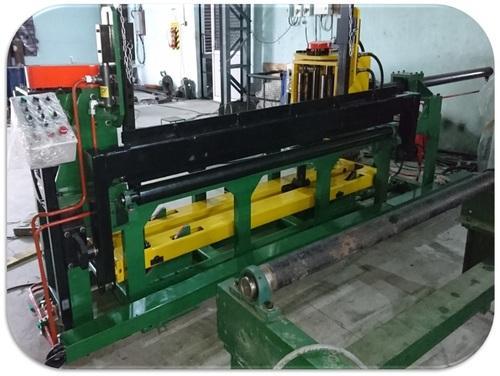Schedule a Call Back
What are the biggest trends impacting pipelines and welding?
 Articles
Articles- Feb 23,23

Related Stories

Toyota Kirloskar Motor and NISE partner to advance India’s green hydrogen goals
The partnership represents a critical convergence of industry, research, and national policy to accelerate India’s transition toward a clean, secure, and hydrogen-based energy ecosystem.
Read more
Waaree Energies Sets India First With 1 GW Solar Module Output in a Month
Waaree Energies has become the first Indian solar manufacturer to produce over 1 GW of modules in a single month, marking a major milestone for India’s renewable energy manufacturing sector.
Read more
Vingroup to Invest $ 3 Billion in Telangana to Build Integrated Smart Ecosystem
Vingroup and Telangana sign a $ 3 billion MoU to develop a large-scale smart, green, multi-sector ecosystem spanning urban development, mobility, energy and social infrastructure.
Read moreRelated Products

Hardy - Chassis Mounted Weighing Card for Rockwell PLCs
Kore Mechatronics Private Limited offers a wide range of
hardy - chassis mounted weighing card for Rockwell PLCs.

Tack Welding Machine
Invent Weld
Automation offers a wide series of tack welding machines.

Bench Welding Positioner
Toss Weldtronics
offers a wide range of bench welding positioners.















